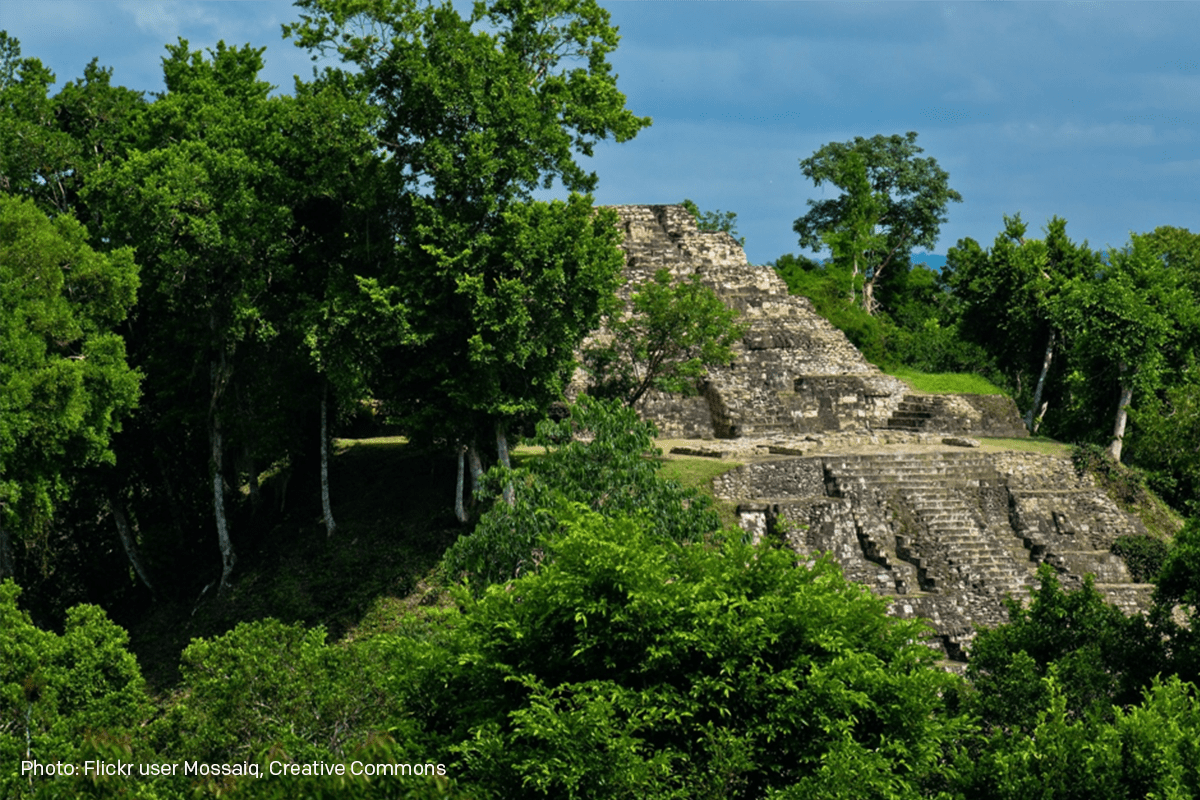Indigenous Communities Bring Mahogany Back
By Wanda Bautista, February 16, 2016

Prized by the European powers for its dark color and durability, mahogany was first targeted shortly after Columbus invaded the New World. Fast forward half a millennium, and the species that once covered a geographical expanse extending from present day Florida to the Brazilian Amazon is nearly extinct, and what remains of it is restricted to national parks and territorial reserves set aside to protect isolated tribes.
However, about 15 years ago, a unique experiment led by indigenous communities in Guatemala’s northern corner began to bring the precious resource back from extinction. This experiment started after a brutal 36-year civil war, during which the country’s forests were ruthlessly excavated. To protect its last standing forests and to conserve the only lifeline of its rural and indigenous peoples, the Guatemalan government established the Maya Biosphere Reserve, and divided it into three zones: a protected area, a buffer zone and a multiple-use zone, where the sustainable harvesting of wood and other forest products is permitted to 12 communities who were granted 25-year concessions.
What happened next took the international community by storm.
Not only have the communities operating in the Mayan Biosphere Reserve’s multiple-use zone succeeded in protecting their forests more effectively than the state, with deforestation rates close to zero within the concessions, but their sustainable harvesting of timber represents the state-of-the-art best practice globally for species-level management in tropical forests, according to a new study by the Rainforest Alliance whose experts analyzed the conservation status of five of the most important timber species in the concessions; including big-leaf mahogany, Spanish cedar and three lesser known species.
The forest management scheme practiced by Guatemala’s indigenous and rural communities values sustainability over economic profit, a model that comes naturally to its native peoples.
“Nobody is going to take care of somebody else’s house, somebody else’s garden,” said Marcedonio Cortave, who directs an alliance of the communities working in the reserve, to a reporter with the New York Times. “But they will look after and defend their own livelihood.”
Although the business model’s returns are modest compared to that of a private enterprise, the cooperative benefits both the community and the state in more ways than one. The communities invest heavily in their education, health care and social welfare, and have become completely self-sufficient.
“Before the concessions, there were no clinics or schools. Now people can learn a trade in their communities, Jorge Sosa, a member of the community told TakePart.
A second new study conducted by the World Resources Institute (WRI), an NGO based in Washington, D.C., found that, in the long run, securing rights in community forests is a positive investment which yields economic, social and environmental returns.
The NGO investigated the forestry concessions in Petén and a similar model in Brazil and concluded that providing secure rights in both regions for the next 20 years would prevent the release of over 5.4 billion tons of CO2 and would yield US $1,473 per hectare in Brazil and US $1,899 per hectare in Guatemala in benefits, compared to the modest investment of US $19 and $63 required to provide secure tenure.
“The global implications are huge,” said Juan-Carlos Altamirano, economist at WRI and report co-author. “Indigenous Peoples and communities have some legal rights to about one-eighth of the world’s forests although they actually hold and use much more under customary arrangements. When we invest in strengthening their rights, we now know we are not only doing the right thing, we are also making a smart investment in a more climate-stable world.”
For more information, check out the following:
Financial Times (UK): Does sustainable forestry pay?
New York Times (USA): In Guatemala, People Living Off Forests Are Tasked With Protecting Them
TakePart (USA): Guatemala’s Maya Put Their Lives on the Line to Protect an Irreplaceable Rainforest
Project team: Coimbra Sirica, Wanda Bautista
